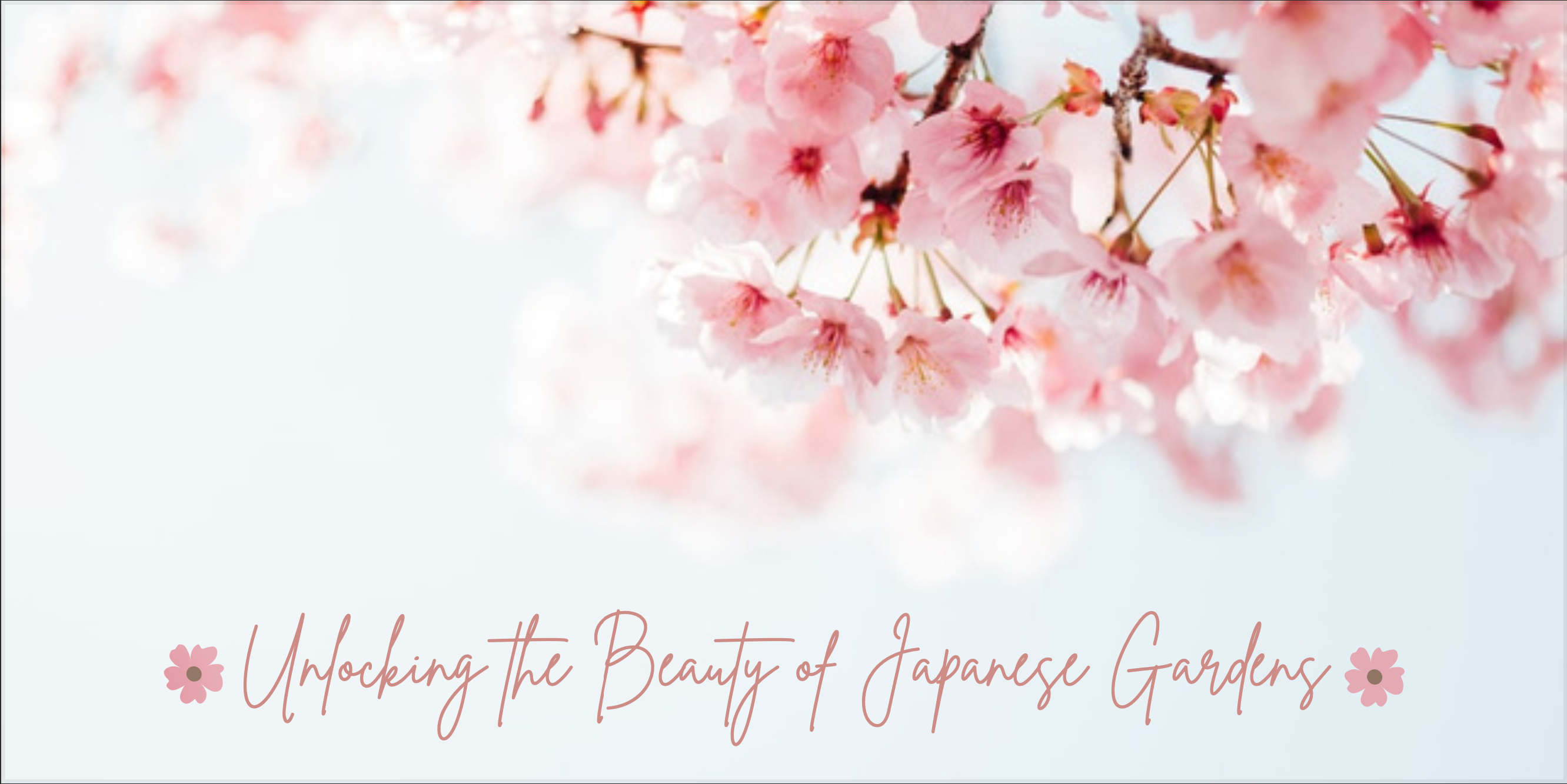
Unlocking the Beauty of Japanese Gardens
Japanese gardens are known for their beauty, tranquillity, and balance. They are a symbol of Japanese culture and have been enjoyed for centuries. These gardens are more than just a collection of plants and decorations. They are a form of spirituality enabling individuals to commune with nature and discover tranquillity.
This blog post will expound on the benefits of Japanese gardens and why they are famous worldwide. From the history and philosophy behind these gardens to tips for designing your own, we will delve into everything you need to know to unlock the beauty of Japanese gardens.
History of Japanese Gardens
Japanese gardens have a long and rich history, dating back to the Asuka period in Japan (592-710 CE). During this time, Japanese gardens were heavily influenced by Chinese culture and were designed to reflect Buddhist teachings. As time passed, Japanese gardens began evolving and developing unique styles.
During the Heian period (794-1185 CE), gardens began to take on a more naturalistic style, emphasising creating a landscape that looked like a miniature version of the surrounding countryside. This style was refined and expanded upon during the Kamakura period (1185-1333 CE) by creating Karesansui, or “dry landscape” gardens.
Over the centuries, different styles of Japanese gardens emerged, each with unique characteristics and features. Some of the most popular types include Kaiyu-shiki-teien (stroll garden), Tsukiyama (hill and pond garden), and Chaniwa (tea garden). Today, Japanese gardens continue to evolve and inspire people worldwide with beauty, harmony, and tranquillity.
Whether you visit a public Japanese garden or create your own in your backyard, the benefits of Japanese gardens are undeniable.
Elements of Japanese Gardens
Japanese gardens are known for their attention to detail and the harmonious interplay of various elements. These components work together to create a tranquil and calming environment that can benefit mental health.
Rocks are a prominent feature in many Japanese gardens, often arranged uniquely and intricately. Water is another essential element, with ponds, streams, and waterfalls creating a tranquil environment. Plants such as bonsai trees, cherry blossoms, and moss also play a significant role in the gardens, providing colour and texture. Finally, lanterns, pagodas, and other decorative elements add a touch of elegance and cultural significance.
By carefully balancing these elements, Japanese gardens create a sensory experience that can transport visitors to a peaceful state of mind. Using natural elements and simple design encourages mindfulness and allows for a deeper connection with nature.
Different Types of Japanese Gardens
When considering the benefits of Japanese gardens, it is essential to note the various styles and unique features they offer. The Karesansui, or “dry landscape” garden, uses minimalistic design to create an abstract landscape with rocks, sand, and gravel. The Chaniwa, or tea garden, is perfect for traditional tea ceremonies and offers a simple garden with a tea house.
Meanwhile, the Tsukiyama or hill and pond garden, mimics natural landscapes using artificial hills and ponds. Each style offers a distinct atmosphere and design, showcasing the beauty and versatility of Japanese garden design.
Some famous examples of these gardens include the Ryoan-ji temple garden in Kyoto for Karesansui, the Katsura Imperial Villa garden in Kyoto for Chaniwa, and the Kenrokuen garden in Kanazawa for Tsukiyama. Each type of garden offers a unique and immersive experience that can transport visitors to another world and provide a sense of calm and relaxation.
The Philosophy of Japanese Gardens
The philosophy of Japanese gardens emphasises the importance of balance, harmony, and respect for nature. The elements of these gardens, such as rocks, water, and plants, work together to create a serene and peaceful atmosphere that can have a calming effect on the mind.
According to research, planning to spend time in nature, such as Japanese gardens, can lower stress levels, elevate mood, and improve cognitive function. Japanese gardens are also a great way to practice mindfulness and cultivate a sense of gratitude and appreciation for the beauty of the natural world. They offer a unique blend of aesthetic beauty, cultural significance, and therapeutic value that can enhance your well-being and enrich your life.
Tips for Designing a Japanese Garden
Creating a Japanese garden in your own space can be a rewarding experience that brings the benefits of Japanese gardens right into your home. Starting with a plan and paying attention to the details is essential. Consider the size and shape of the space, the overall design, and the desired elements.
Remember the traditional Japanese garden style when choosing elements and plants and aim for simplicity and harmony. Utilise rocks, gravel, and water features to create a calming atmosphere. Select plants that thrive in your climate and add colour and texture to the space.
With careful planning and attention to detail, creating a Japanese garden can bring peace and tranquillity to your everyday life.
Conclusion
In conclusion, Japanese gardens are a beautiful and unique landscaping style that has been enjoyed for centuries. These gardens are designed to create a peaceful atmosphere and promote mindfulness through their use of natural elements and attention to detail. By incorporating these elements into our outdoor spaces, we can bring a sense of tranquillity and peace to our everyday lives.As we appreciate the beauty of Japanese gardens, we can also learn from their design principles and apply them to our lives. We can cultivate a more mindful and peaceful existence by focusing on simplicity, harmony, and attention to detail. Ultimately, the benefits of Japanese gardens go beyond aesthetics and provide a powerful tool for enhancing our mental and emotional well-being.